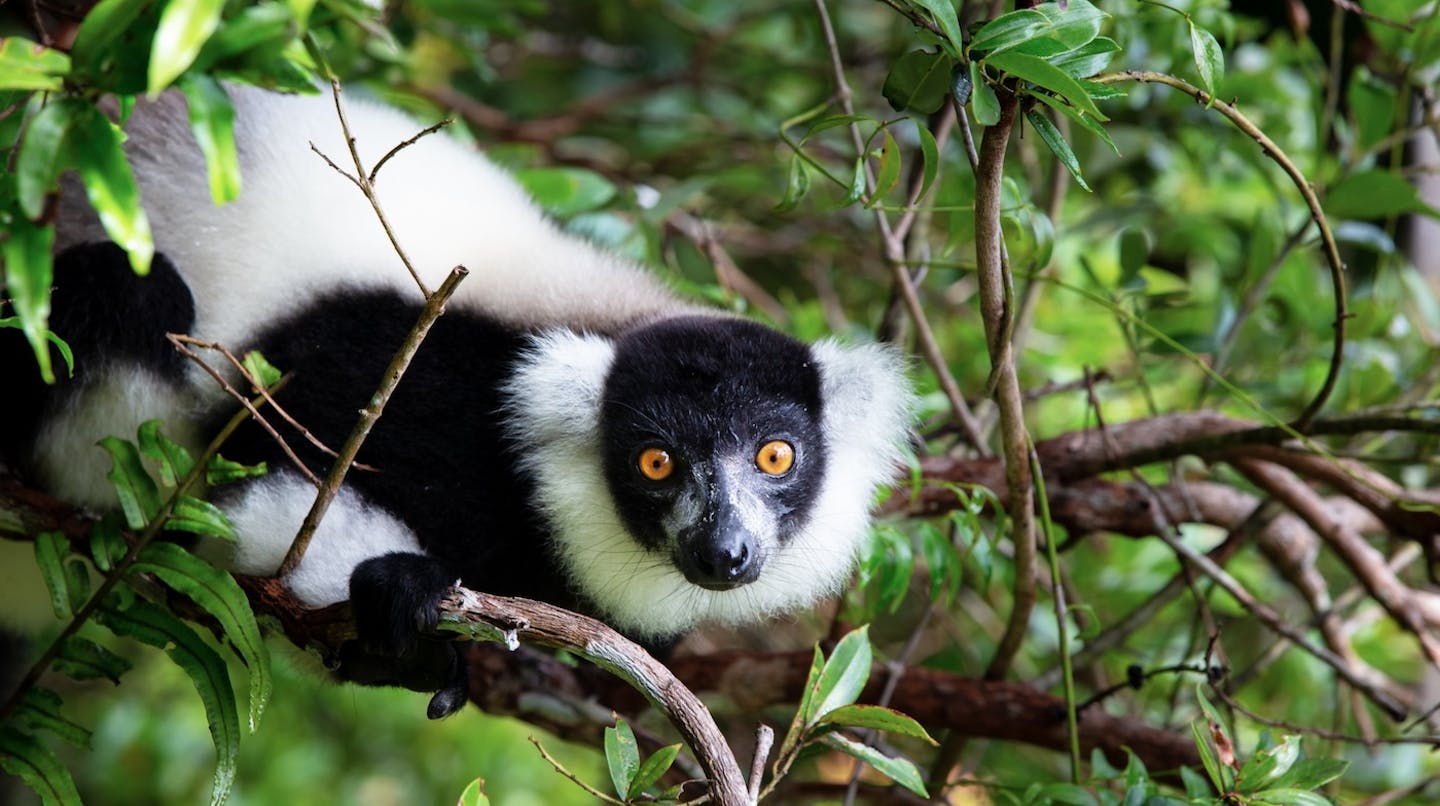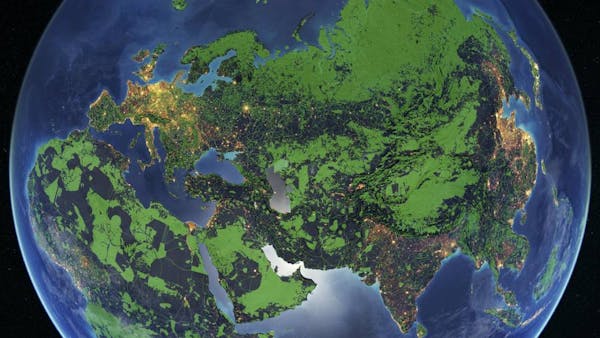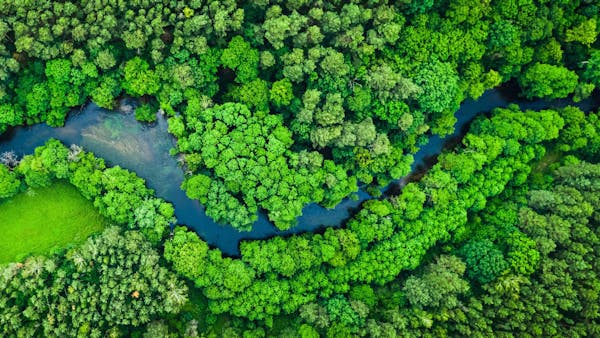One Earth and Resolve release 'Conservation Imperatives' – a map of safe havens harboring rare and threatened species
The latest research effort from the Global Safety Net (GSN) initiative, titled “Conservation Imperatives: Securing the Last Unprotected Terrestrial Sites Harboring Irreplaceable Biodiversity”, was published in Frontiers in Science. The paper identifies biodiversity havens, totaling 1.2% of the Earth’s land, which are home to rare but currently unprotected animal and plant species. The paper makes the case that the ‘Conservation Imperatives’ sites are a matter of utmost urgency and should be viewed as the top priority as governments develop targets in line with the global ‘30 by 30’ goal -- to protect 30% of the Earth’s surface by 2030.
The paper brought together an international group of ecologists and conservation experts representing 20 academic institutions and non-governmental organizations, including RESOLVE, One Earth, the University of Minnesota, Arizona State University, Stanford University, World Land Trust, the National Autonomous University of Mexico, Duke Kunshan University, the Wildlife Institute of India, IUCN, Global Conservation (an NGO), and Globaïa.
The researchers identified nearly 17,000 sites around the world, covering approximately 164 million hectares, in need of urgent protection in order to prevent the predicted extinctions of thousands of rare species. Almost 61% of these ‘Conservation Imperatives’ sites are located in the tropics, with more than three-quarters of them found specifically in tropical rainforests. 38% of all sites are in close proximity to existing protected areas, making them easier to conserve -- either by incorporation into existing protected areas or by connection via wildlife corridors. The map can be viewed on the Global Safety Net web application.

The Global Safety Net map viewer, showing rare species areas across Indonesia. Image from Global Safety Net (GSN) initiative.
“One of the striking findings of our study is the concentration of the rarity sites. Over 80% of the sites occur in only 30 countries and 72% in just 10 countries, with Brazil and the Philippines representing more than one-third of all Conservation Imperative sites,” said co-author Dr. Anup Joshi from the University of Minnesota.
The paper sounds an alarm regarding current global conservation efforts. The authors calculated that while 120 million hectares were added to the World Database on Protected Areas between 2018 and 2023, only 11 million hectares of land harboring rare, range-limited, and threatened species were put under protection. The strategy for the next three years must be to reverse this trend, making rare species habitats the top priority.
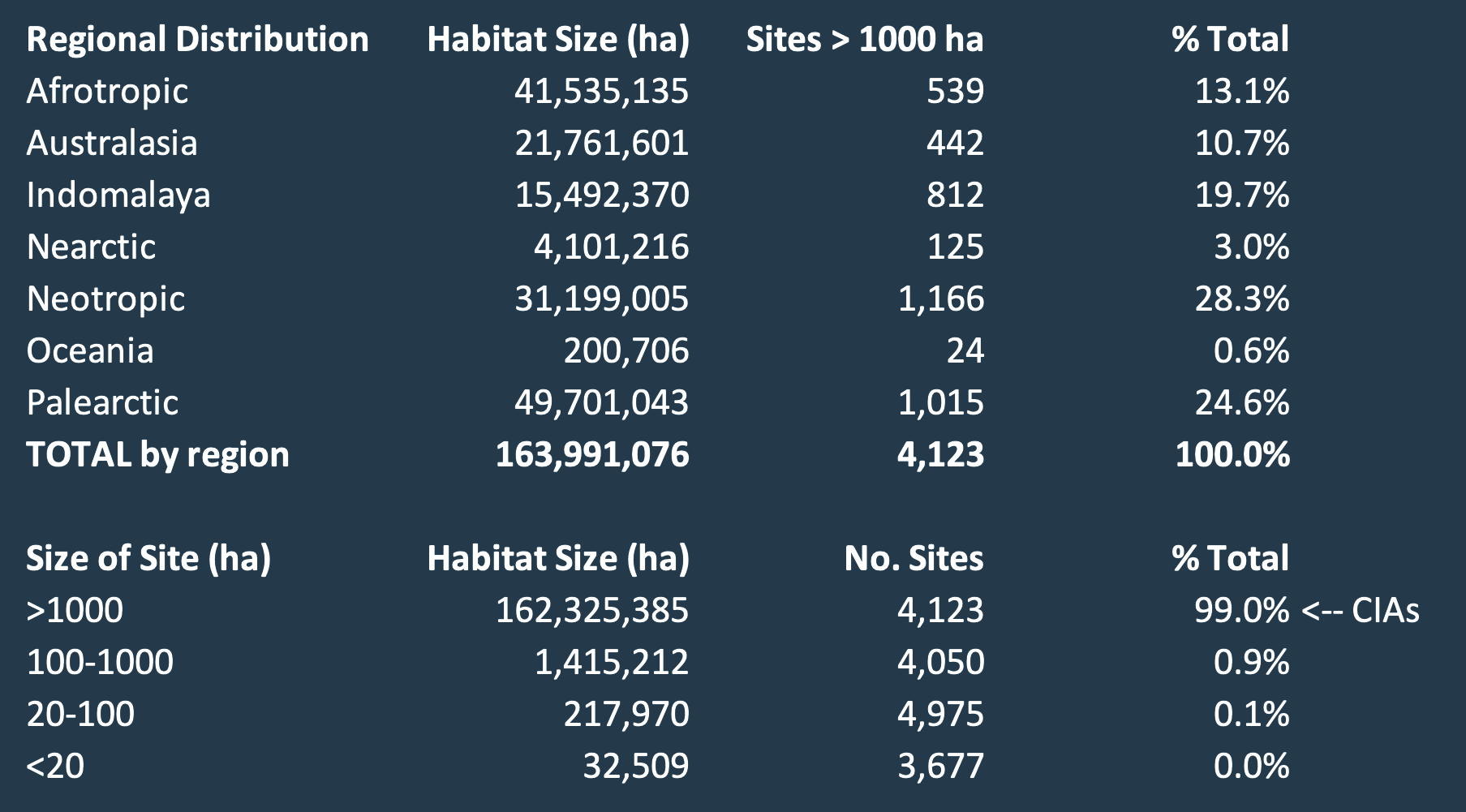
Total number of Conservation Imperatives sites and area extent divided by major geographical region. Image by Karl Burkart & Andy Lee, Global Safety Net (GSN) initiative.
“Many species on Earth are rare, meaning they have restricted ranges, occur at very low densities, or exhibit both conditions,” said Dr. Eric Dinerstein of RESOLVE, lead author of the paper. “Our study shows how these unprotected pockets of rarity are highly concentrated, covering a shockingly small area. Targeting these areas for immediate protection offers an achievable win for nature conservation by heading off the sixth great extinction of life on Earth.”
The Conservation Imperatives sites are home to over 4,700 threatened species in some of the world's most biodiverse yet threatened ecosystems, including not only mammals and birds that rely on intact habitats, like the tamaraw in the Philippines and the Celebes crested macaque in Indonesia, but also range-restricted amphibians, reptiles, and rare plant species.
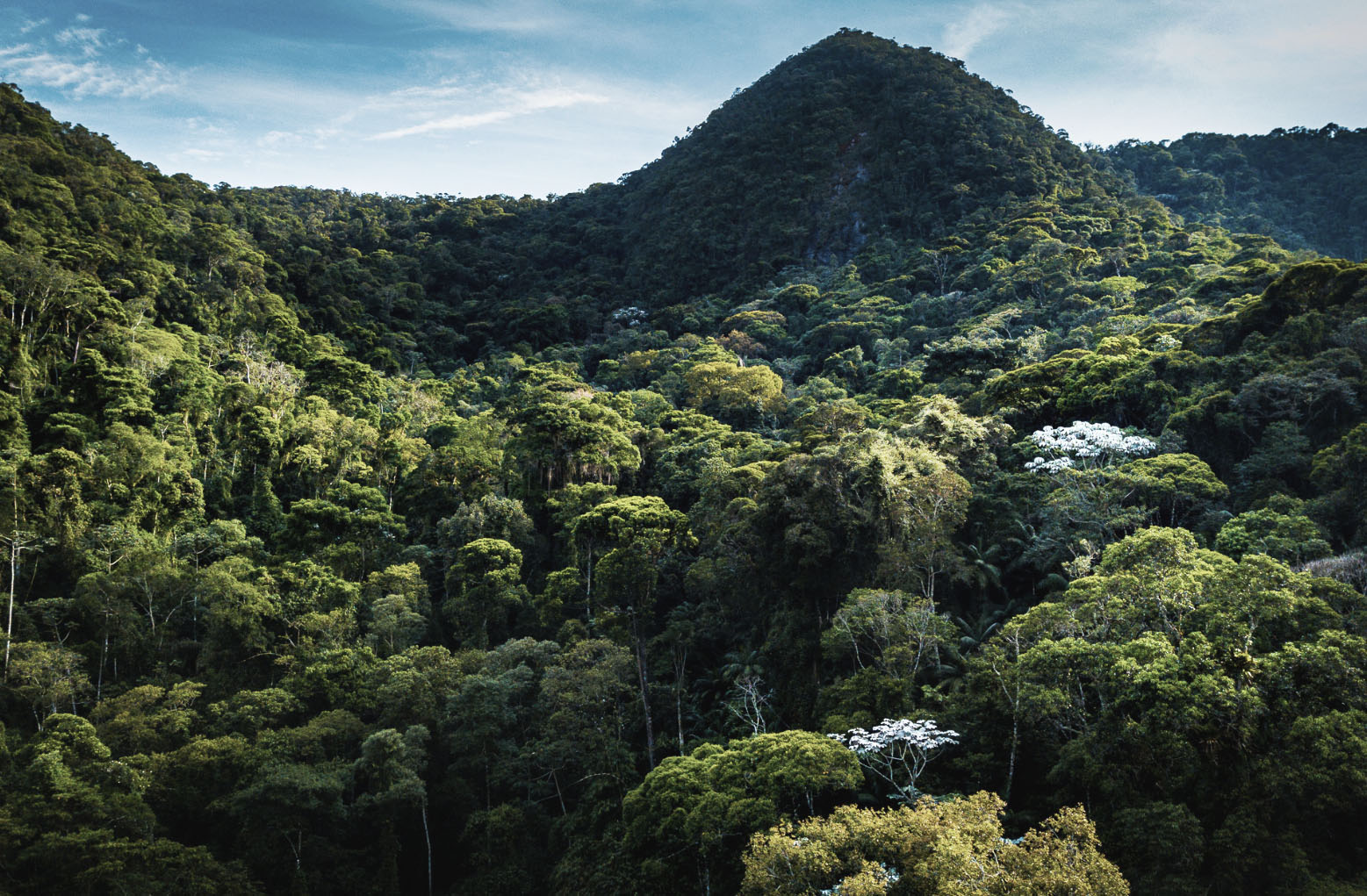
Atlantic Forest in the Rio Bonito de Lumiar Private Reserve, in the municipality of Nova Friburgo (Rio de Janeiro state). Image by Marcio Isensee via Mongabay.
How much would it cost to protect remaining rare habitats?
To determine costs associated with the Conservation Imperatives, the authors develop a first-of-its-kind global land cost model using data gathered from more than 800 protection projects over the past 14 years, adjusted for inflation. While the model focuses on private land acquisition and long-term leases, other land stewardship approaches are likely necessary to secure these areas, including government redesignation and Indigenous territorial stewardship. Notably, 17% of Conservation Imperative sites are found within Indigenous territories, illustrating the importance of upholding and strengthening Indigenous land tenure rights over the long term.
“The analysis suggests that protecting the Conservation Imperatives sites in the tropics would cost approximately $34 billion per year over the next five years,” said co-author Karl Burkart of One Earth. “This represents just 0.03% of global GDP and less than 2% of environmentally harmful subsidies provided by governments annually – a small price to pay to prevent thousands of impending plant and animal extinctions.”
The Conservation Imperatives paper is the most recent in a series of analyses developed by the Global Safety Net initiative – a consortium of leading academic institutions and conservation experts led by RESOLVE and One Earth, which provides cutting-edge research to support governments, philanthropists, and the private sector in establishing nature-positive commitments aligned with the UN Kunming-Montreal Global Biodiversity Framework (GBF). The GSN maps the entire world across thirteen layers of global biodiversity data. Combined with maps of existing protected areas and a new fractional land cover analysis using open-source satellite imagery, the researchers used six rare species layers to identify the most critical unprotected areas of biodiversity habitat.
What natural heritage will we bequeath to future generations? A healthy, vibrant Earth is critical for us to pass on. We need to protect half the planet to draw down carbon, safeguard intact habitats, protect wide-ranging and migratory species and other conservation targets outlined in the Global Biodiversity Framework. But as the most urgent step towards the GBF, we have to head off the extinction crisis. Conservation Imperatives charts the way forward. -- Dr. Eric Dinerstein, RESOLVE
The paper is featured as one of a small group of Frontiers in Science Lead Articles for 2024, selected from across their 220 scientific journals. As such, it will be an open-access paper with its own multimedia article hub, “Conservation Imperatives for biodiversity protection.” The hub features visual explainers and lead commentaries from eminent experts and policy makers.
Visit the Frontiers in Science hub